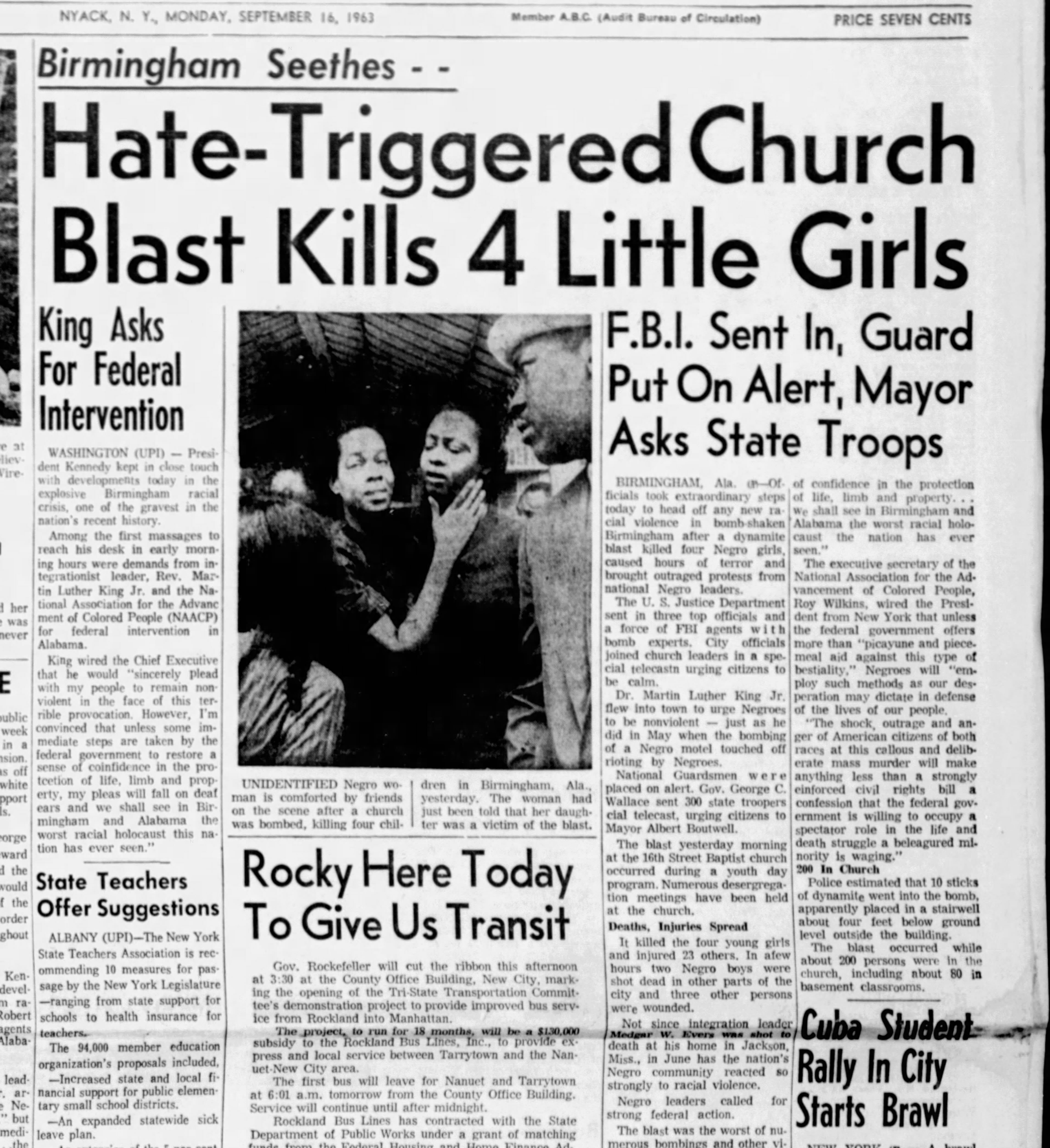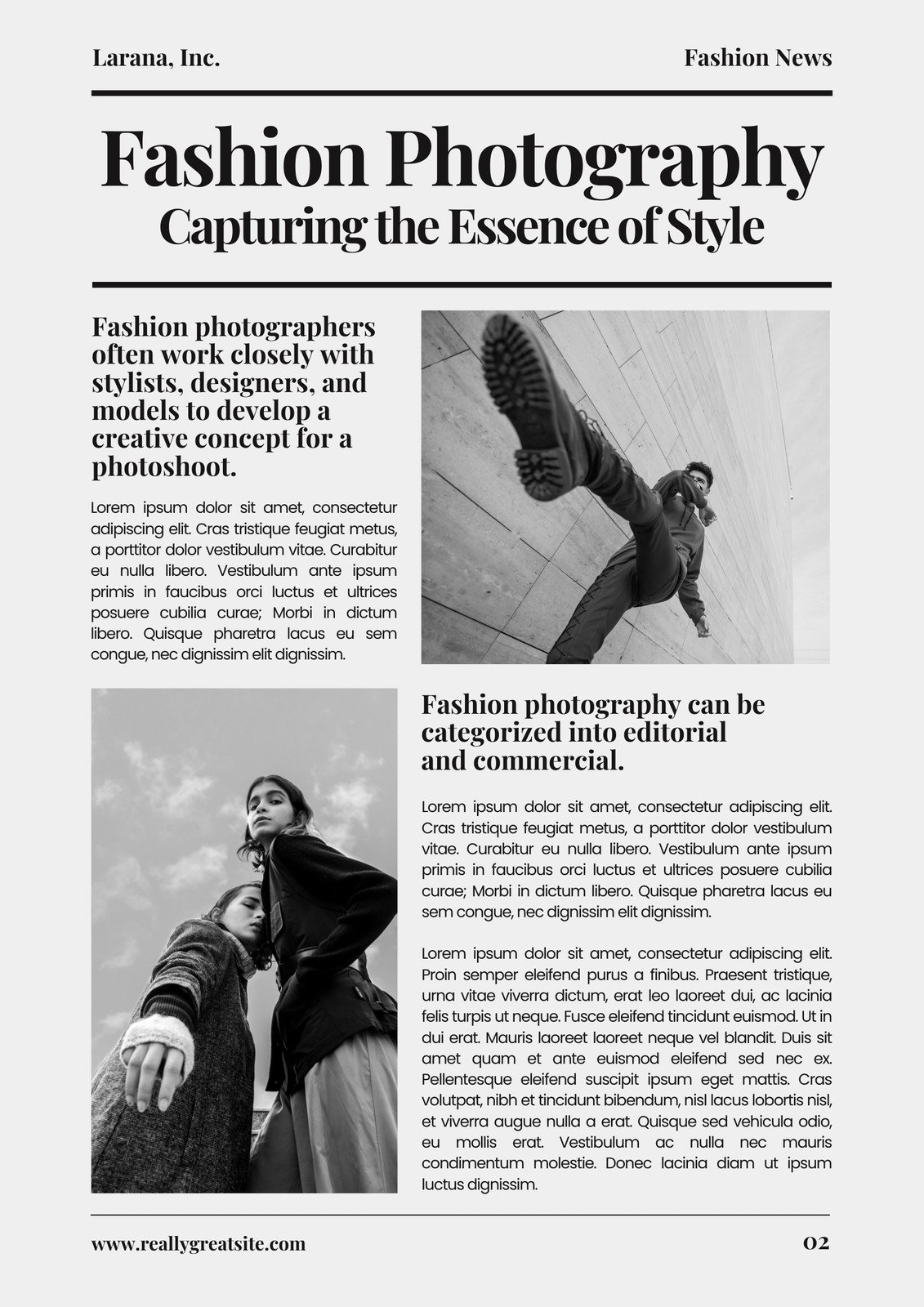How News Articles can Save You Time, Stress, and Money.
How News Articles can Save You Time, Stress, and Money.
Blog Article
The Only Guide for News Articles
Table of ContentsSome Known Factual Statements About News Articles The Buzz on News ArticlesNews Articles Fundamentals ExplainedThe Of News ArticlesThe Only Guide to News Articles
Great knowledge of various subjects gives pupils an one-upmanship over their peers. Despite the fact that electronic and social media sites are readily accessible, we ought to not forget how important it is to review the newspapers. Moms and dads should attempt and inculcate the habit of reviewing a newspaper as a daily routine to continue the legacy of the revered print medium.Information stories likewise consist of at the very least one of the following important attributes family member to the desired target market: distance, importance, timeliness, human interest, quirk, or consequence.
Within these restrictions, information tales likewise aim to be extensive. Among the larger and a lot more reputable papers, justness and balance is a significant element in providing info.
Newspapers with an international target market, for instance, often tend to use an extra formal style of writing. News Articles.; usual design overviews consist of the and the US Information Style Publication.
An Unbiased View of News Articles
Generally, journalists will not utilize a lengthy word when a short one will do. They use subject-verb-object building and vivid, energetic prose (see Grammar). They supply anecdotes, examples and allegories, and they rarely depend on generalizations or abstract ideas. Information writers try to stay clear of making use of the exact same word greater than once in a paragraph (occasionally called an "echo" or "word mirror").
Headings often omit the subject (e.g., "Leaps From Boat, Catches in Wheel") or verb (e.g., "Pet cat woman fortunate"). A subhead (additionally subhed, sub-headline, subheading, caption, deck or dek) can be either a secondary title under the main headline, or the heading of a subsection of the short article. It is a heading that precedes the main message, or a team of paragraphs of the main message.

of an article topic, source, or interviewee), it is referred to as a pulled quotation or pull quote. Extra signboards of any one of these kinds may appear later on in the article (specifically on subsequent pages) to lure further analysis. Journalistic websites occasionally utilize computer animation techniques to swap one signboard for another (e.g.
News Articles - Questions
Such signboards are also used as guidelines to the write-up in various other sections of the magazine or site, or as ads for the piece in various other magazine or sites. Press launch of the Get the facts Swiss government. article Normal structure with title, lead paragraph (recap in strong), various other paragraphs (information) and get in touch with info.

Instance of a hard-lead paragraph NASA is recommending an additional room job. The company's spending plan demand, revealed today, included a plan to send another mission to the Moon. This time the agency really hopes to establish a long-lasting facility as a jumping-off factor for various other area adventures. The budget plan requests roughly $10 billion for the project.
An "off-lead" is the second most important front web page news of the day. To "bury the lead" is to start the post with history information or details of secondary relevance to the visitors, compeling them to read even more deeply into a post than they should have to in order to find the important factors.
News Articles Fundamentals Explained
Common usage is that a person or more sentences each form their own paragraph. Reporters normally describe the organization or framework of a news tale as an upside down pyramid. The vital and most intriguing components of a story are placed at the start, with supporting info following in order of lessening value.
It enables people to explore a topic to just the depth that their curiosity takes them, and without the charge of information or nuances that they might think about unnecessary, but still Going Here making that info available to much more interested visitors. The upside down pyramid structure likewise makes it possible for posts to be trimmed to any type of arbitrary size throughout layout, to fit in the room available.
Some writers start their tales with the "1-2-3 lead", yet there are lots of kinds of lead readily available. A twist can refer to several things: The last tale in the information broadcast; a "pleased" story to end the program.
Longer short articles, such as magazine cover write-ups and the items that lead the inside sections of a paper, are referred to as. Attribute tales vary from straight news in several ways. Foremost is the lack of a straight-news lead, most of the time. As opposed to supplying the essence of a story up front, attribute authors might attempt to lure visitors in.
10 Easy Facts About News Articles Explained
A feature's initial paragraphs commonly associate an interesting minute or occasion, as in an "unscientific lead". From the details of an individual or episode, its sight promptly widens to generalizations about the tale's topic.

The Editor's Toolbox: A Recommendation Guide for Beginners and Professionals (2001) Allan M. Siegal and William G. Connolly. The New York Times Manual of Design and Usage: The Authorities Style Overview Used by the Writers and Editors of the Globe's Most Reliable Newspaper (2002) M. L. Stein, Susan Paterno, and R.
Report this page